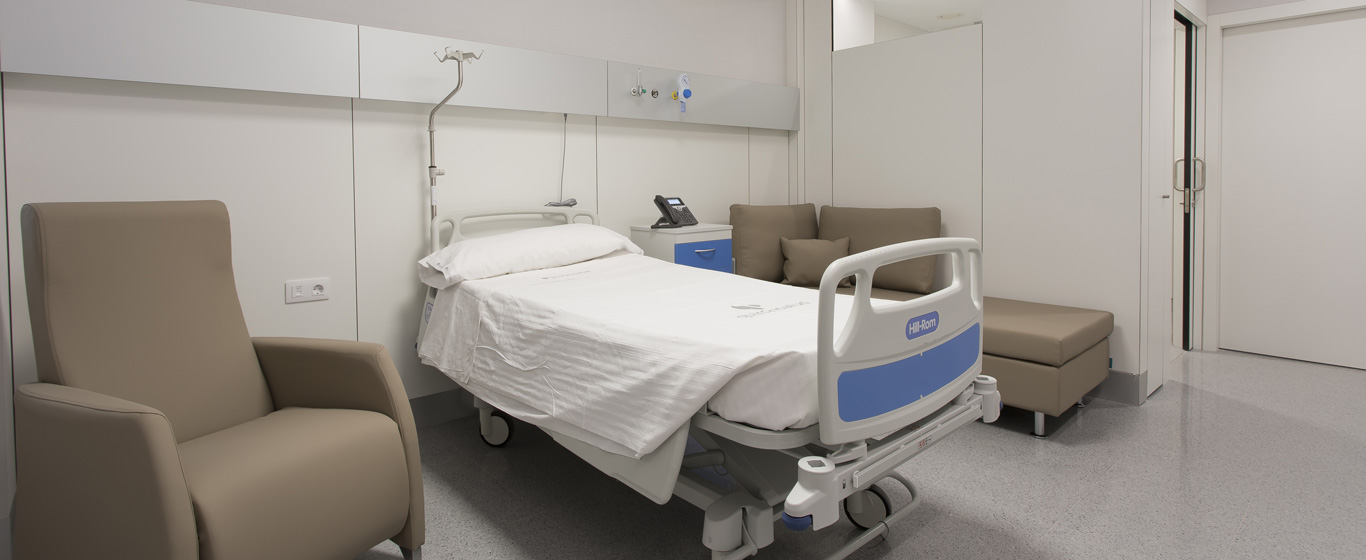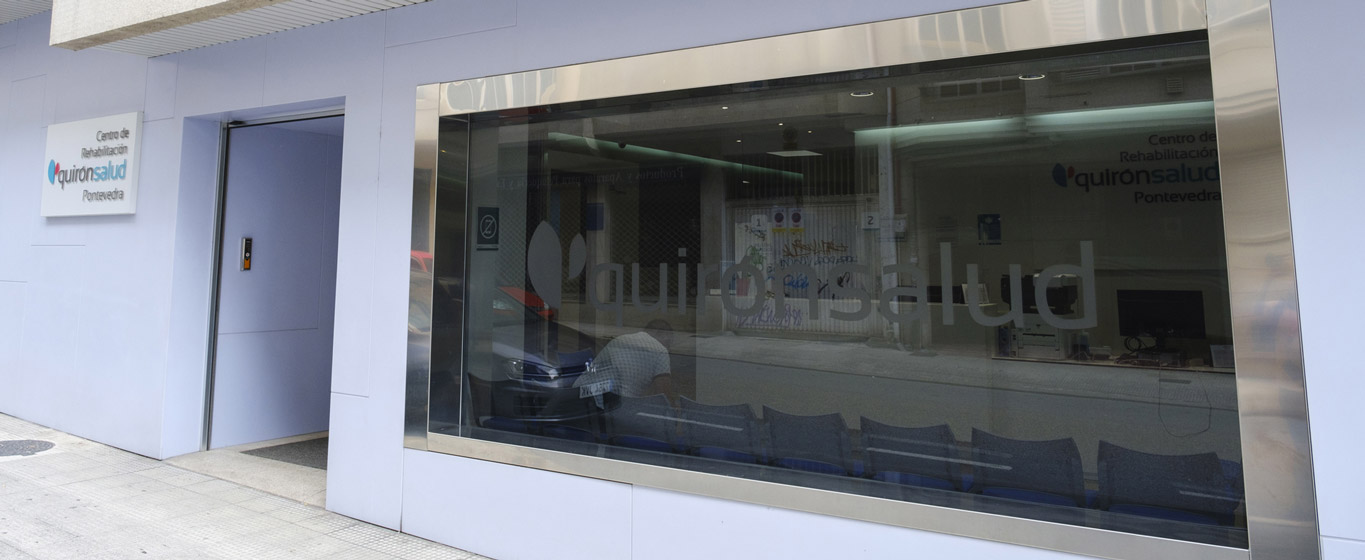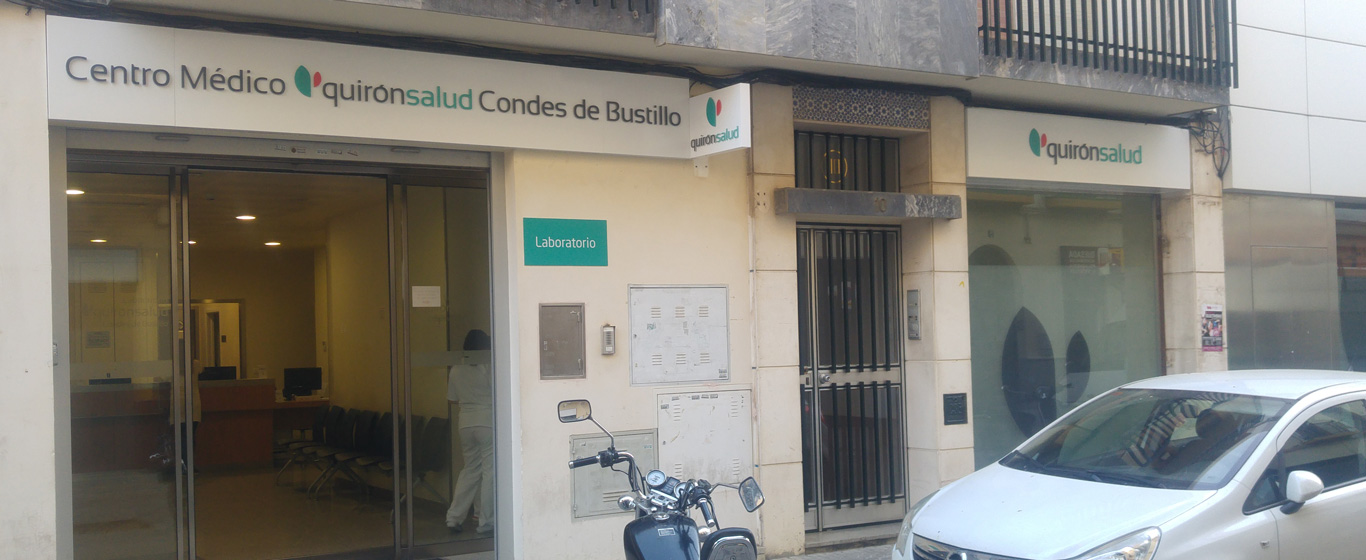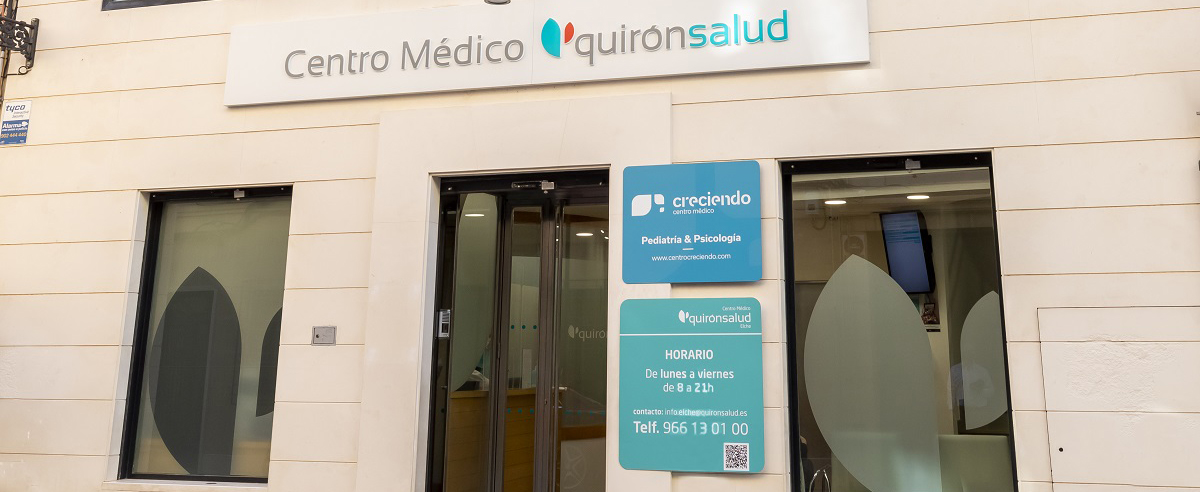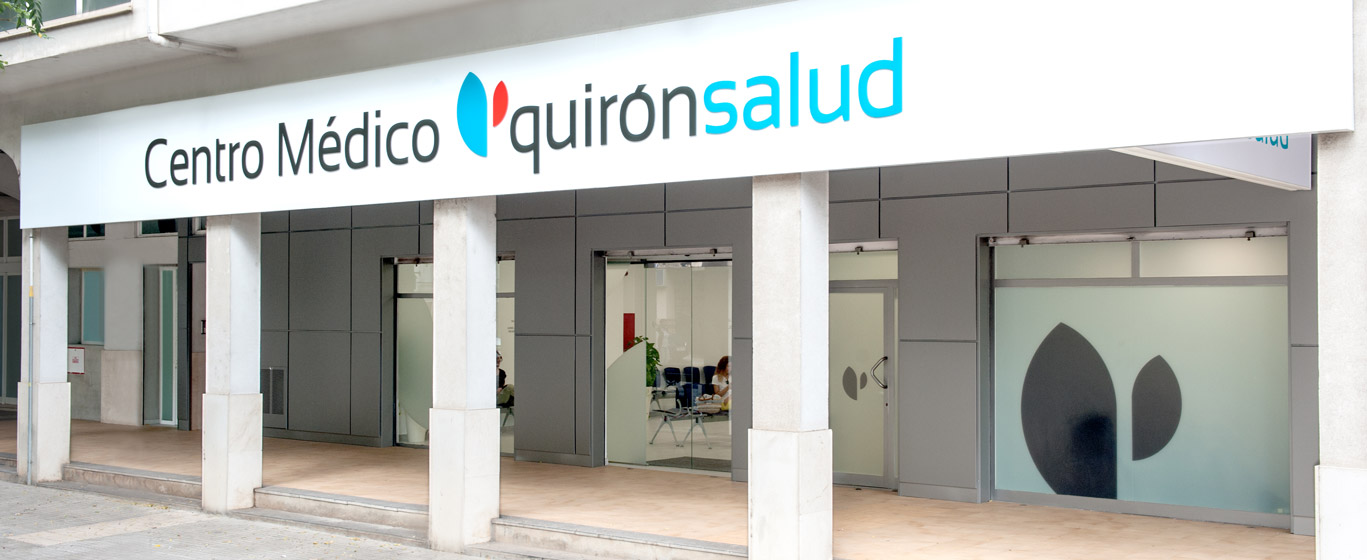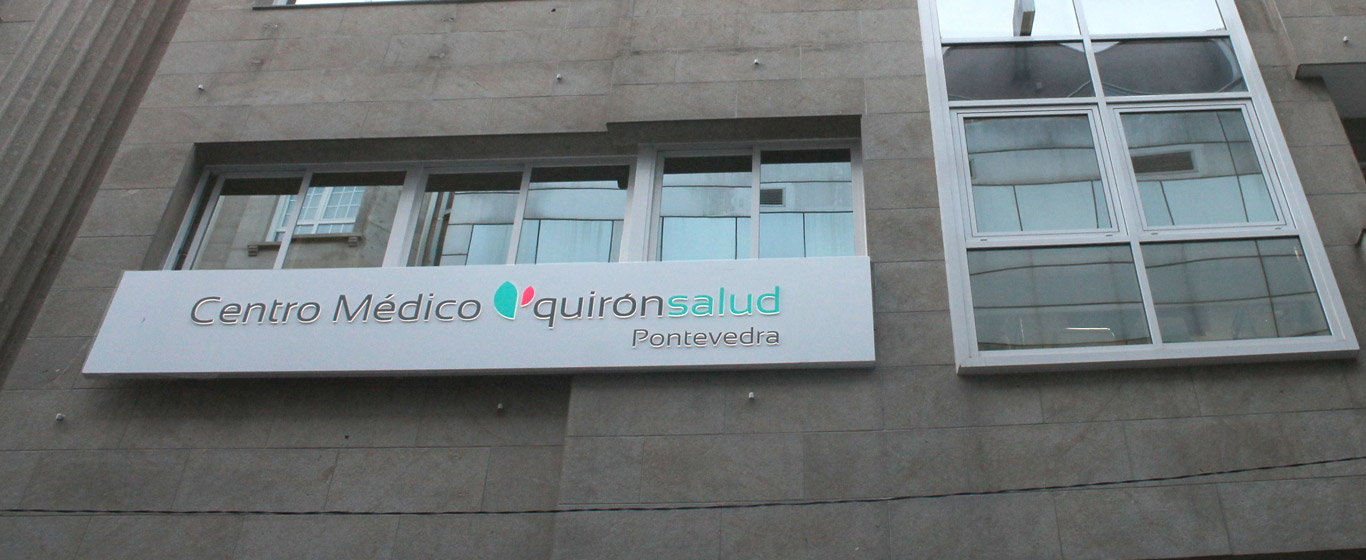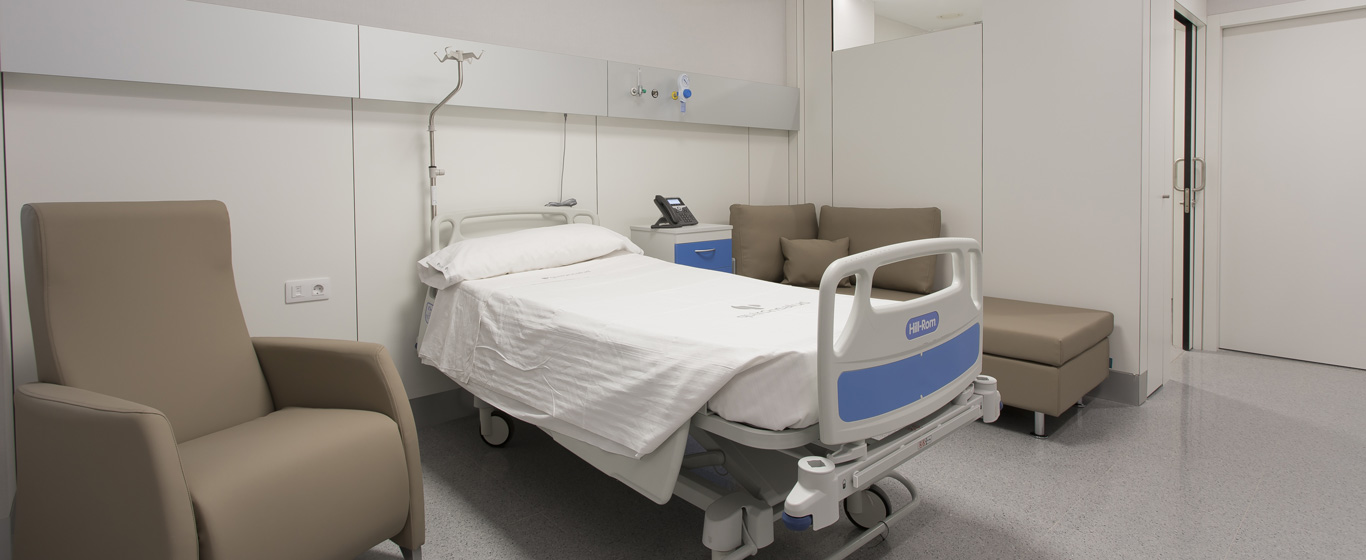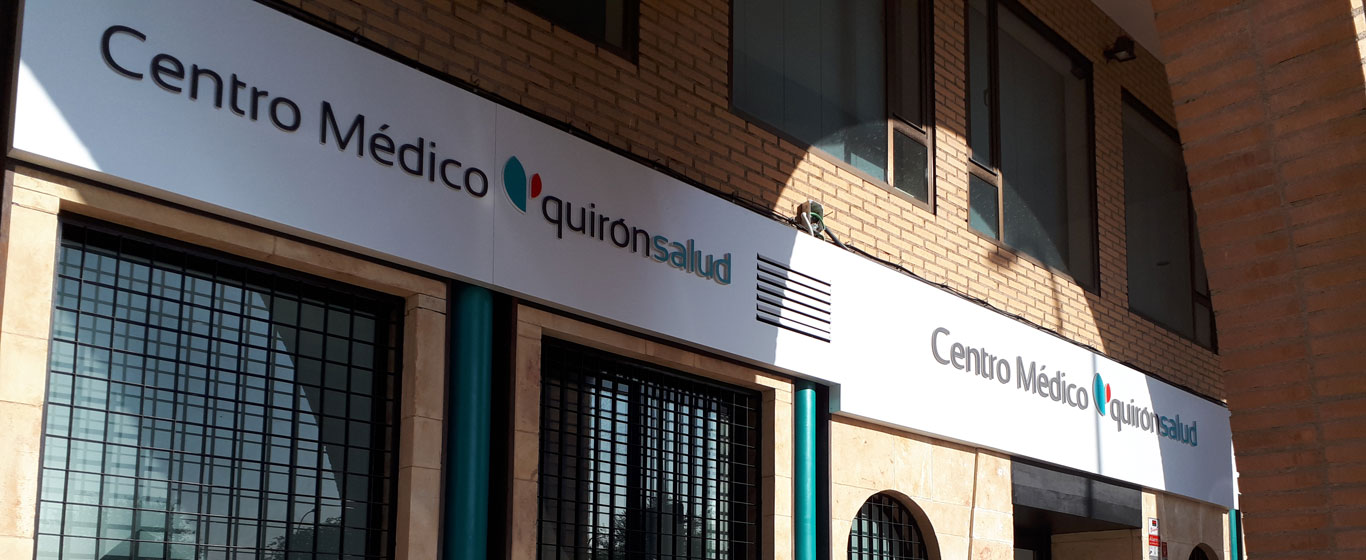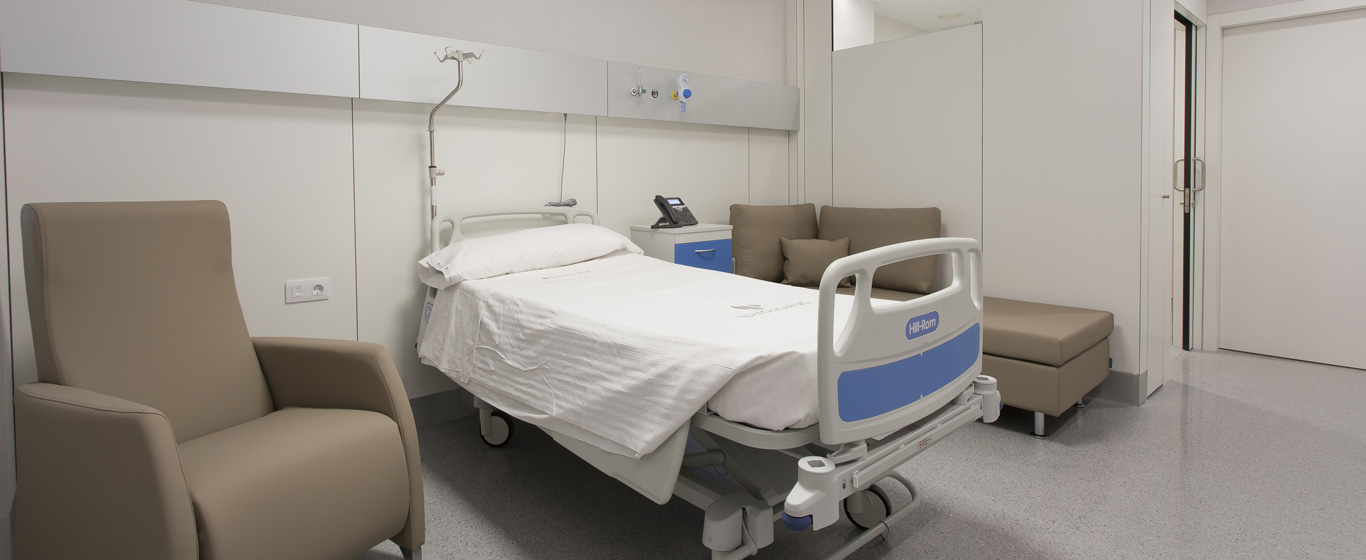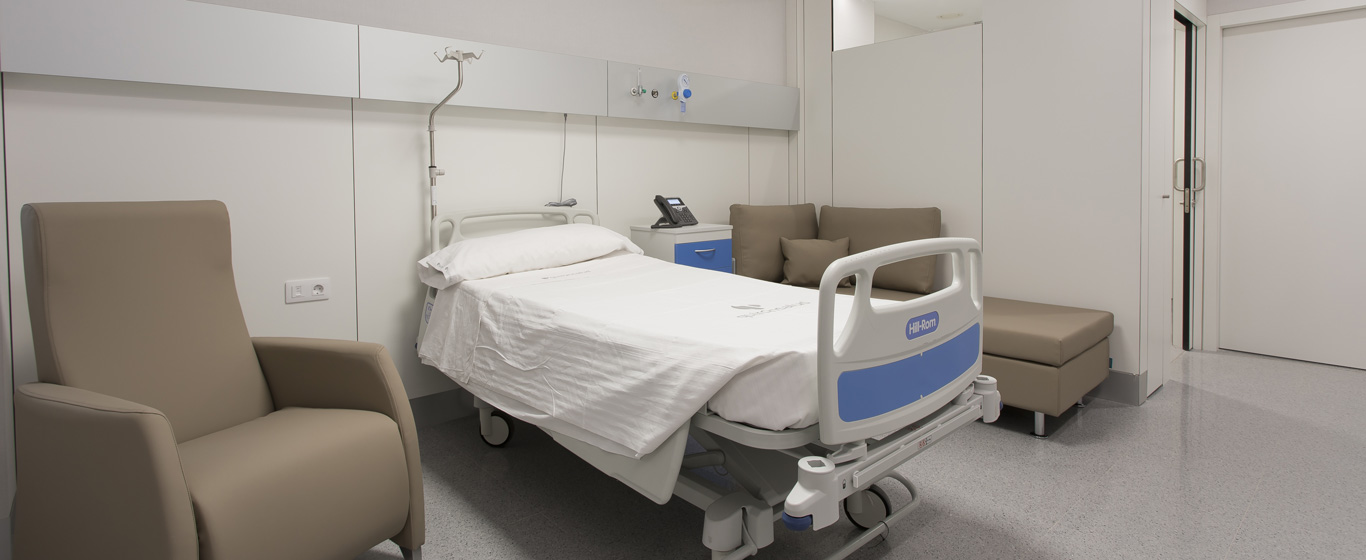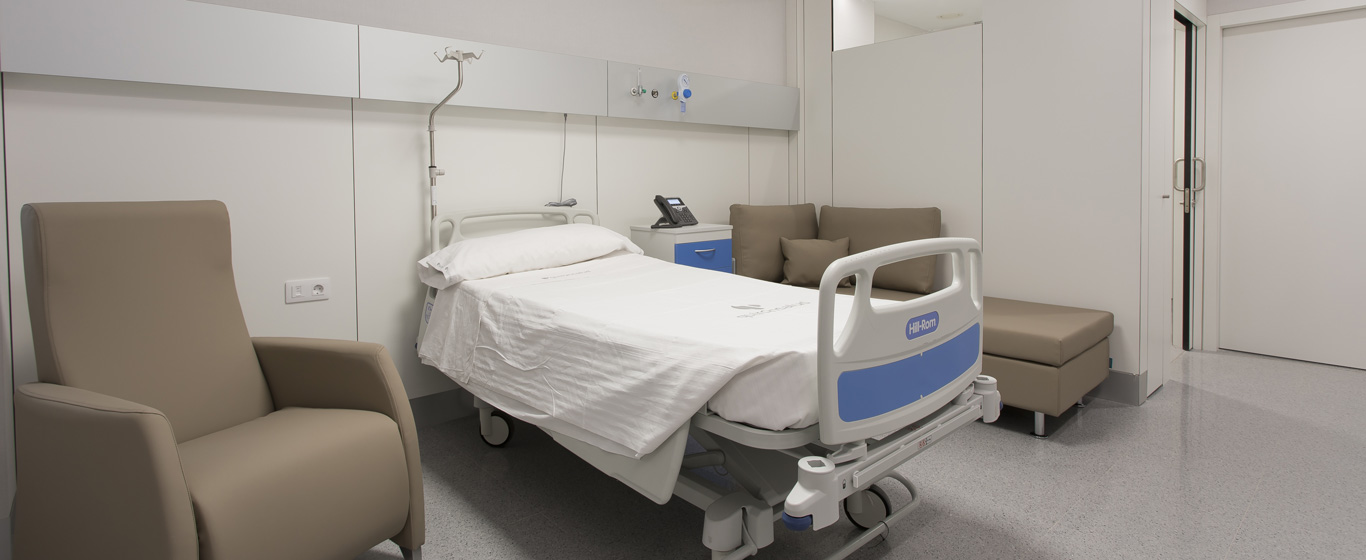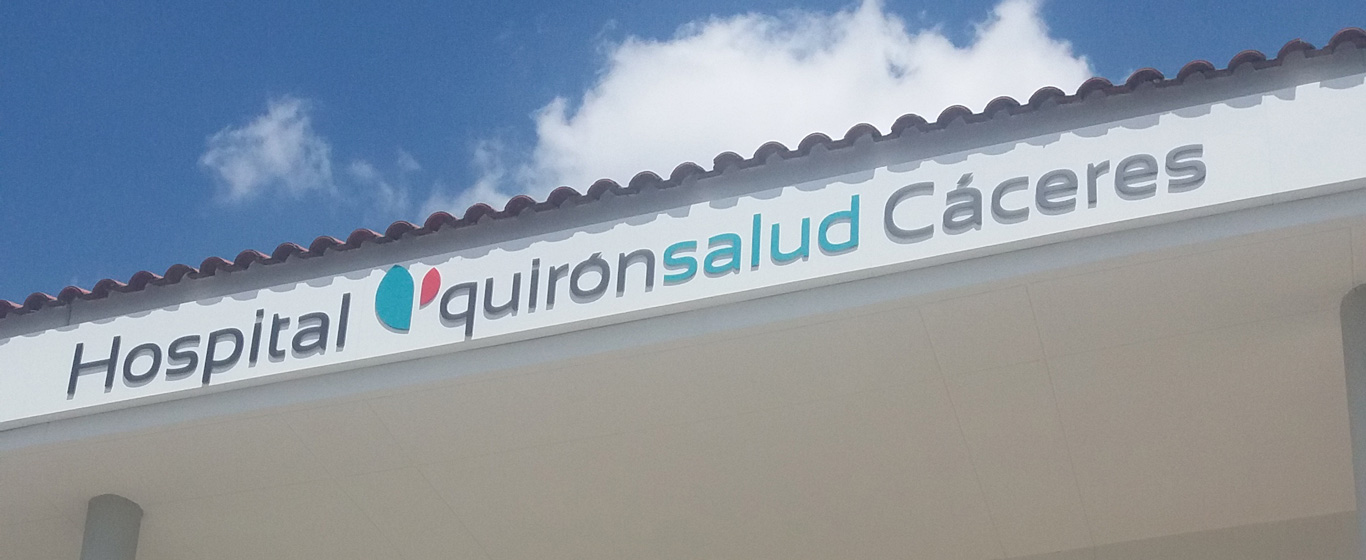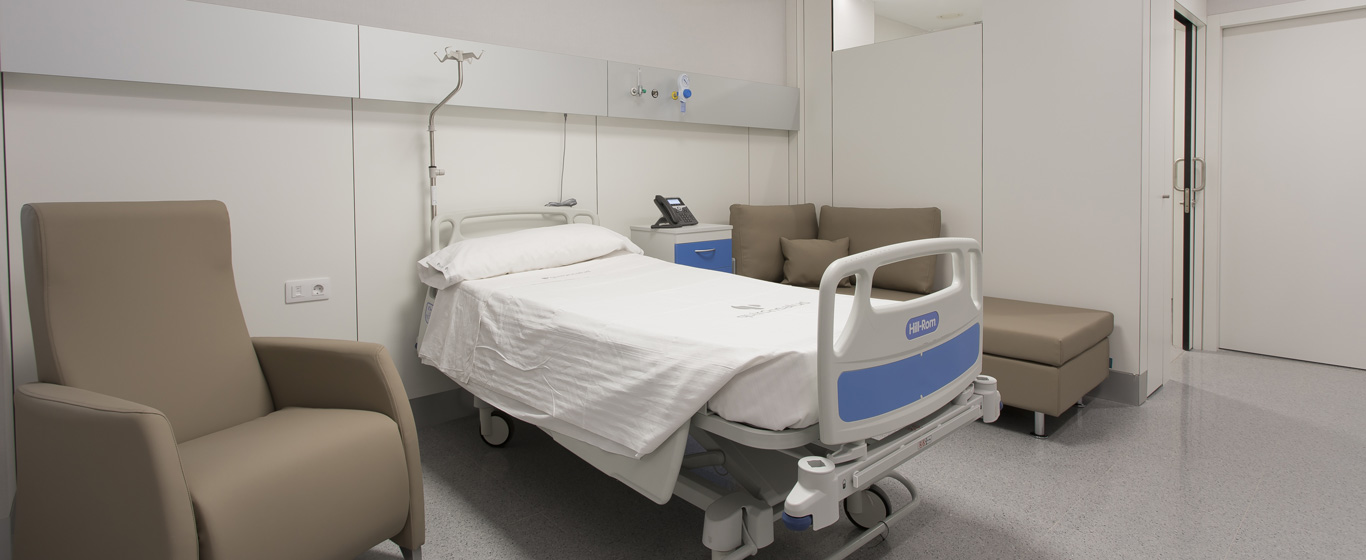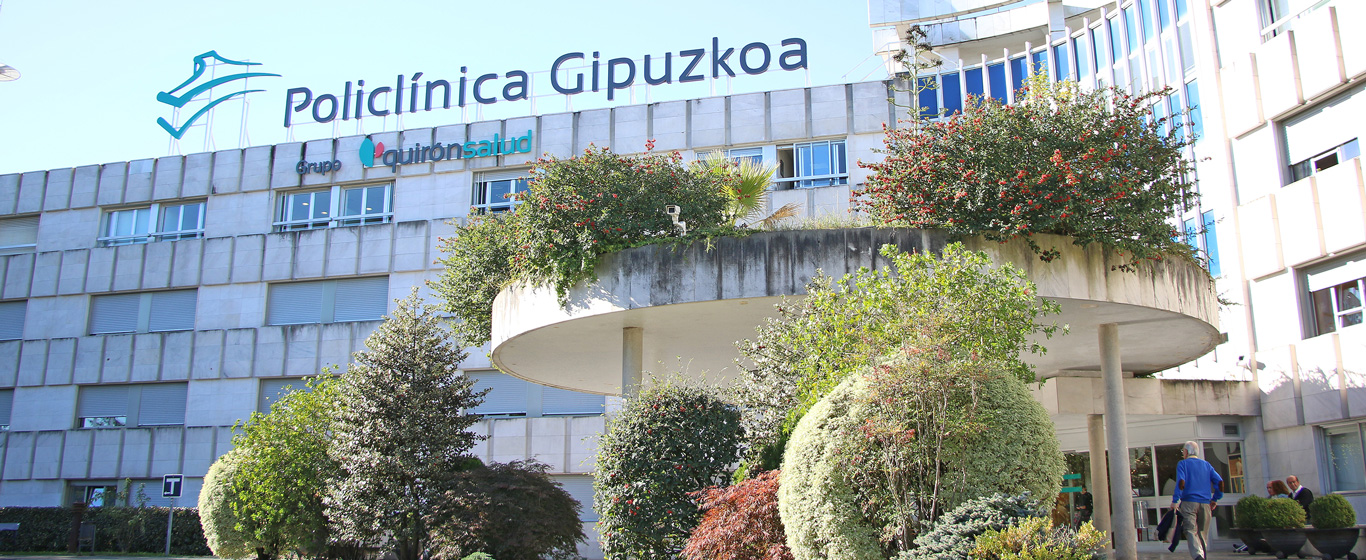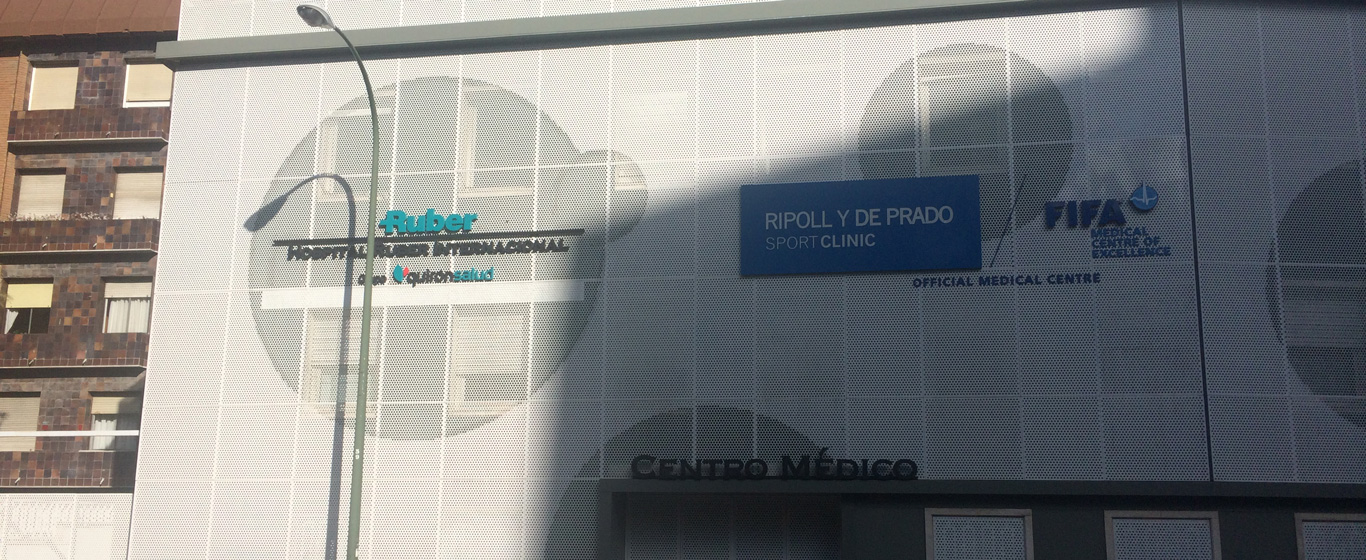Measles
What is measles? Learn how it spreads, its symptoms, and how this viral infection is treated.
Symptoms and causes
Measles is a highly contagious viral disease that spreads easily through respiratory droplets (Pflügge droplets) released when an infected person breathes, coughs, sneezes, or talks. It is characterized by high fever and a widespread skin rash (exanthem).
The virus responsible for measles belongs to the genus Morbillivirus (family Paramyxoviridae), and it primarily transmits via airborne droplets.
Infected individuals are contagious from the onset of symptoms until 3 to 5 days after the rash first appears.
Although most cases occur in children under five years old—particularly under 15 months of age due to incomplete vaccination—it can affect people of any age, with increasing incidence observed in individuals over 15 years old.
Thanks to widespread vaccination and medical advances, measles has been eliminated in some regions. However, it remains endemic in others, including Spain, and can be potentially life-threatening if left untreated.
Symptoms
Measles has a long incubation period of 10 to 14 days, during which the patient is asymptomatic.
The clinical progression occurs in three main stages:
- Prodromal phase:
- High fever (up to 40°C / 104°F)
- Dry cough
- Nasal congestion (coryza)
- Conjunctivitis
- Koplik spots:
- Bluish-white lesions on the buccal mucosa, considered pathognomonic of measles
- May go unnoticed due to their brief appearance
- Exanthem phase:
- Red, maculopapular rash starting on the face and behind the ears, spreading downward to the trunk and limbs
- The rash does not itch, unlike chickenpox, which typically features fluid-filled vesicles and pruritus
Additional symptoms:
- General malaise
- Photophobia
- Sore throat
- Fatigue (asthenia)
- Lymphadenopathy (cervical lymph node swelling)
- Irritability
- Drowsiness
- Anorexia (loss of appetite)
- Skin desquamation during convalescence
- Measles facies: irritated eyes, lacrimation, nasal congestion, rhinorrhea, and occasionally eyelid swelling
- Rash characteristics:
- Red patches on the skin
- Pinkish lesions on the palate
- Pink with white center on the inner cheeks and lips (Koplik spots)
Causes
Measles is caused by a virus of the Paramyxoviridae family, genus Morbillivirus. The virus has a lipid-protein envelope that facilitates adhesion to human cells, leading to infection.
Transmission occurs primarily via respiratory droplets from an infected individual. In rare cases, the virus can survive on contaminated surfaces, although this is not the main route of infection.
Risk Factors
Key risk factors for contracting measles include:
- Lack of vaccination
- Close contact with an infected person
- Traveling to regions where measles remains endemic (e.g., parts of Africa or Asia)
Complications
If not properly managed, measles can lead to severe complications, especially in young children and immunocompromised individuals:
- Pneumonia (leading cause of measles-related mortality in young children)
- Otitis media (middle ear infection)
- Severe diarrhea and vomiting, risking dehydration
- Encephalitis: inflammation of the brain, which can cause seizures, permanent neurological damage, or death
- Acute disseminated encephalomyelitis (ADEM): autoimmune post-infectious neurological complication
- Subacute sclerosing panencephalitis (SSPE): rare but fatal progressive neurological disorder occurring years after infection
- Pregnancy complications: premature labor, low birth weight, spontaneous miscarriage
- Temporary immunosuppression, increasing susceptibility to secondary bacterial and viral infections
Other possible complications:
- Laryngitis
- Bronchitis
- Corneal ulcers
- Blindness
While measles does not cause fetal malformations, maternal infection during pregnancy can result in preterm birth or miscarriage.
Prevention
The most effective prevention method is vaccination. In Spain, the MMR (measles, mumps, rubella) vaccine is given at 12 months and again at 3–4 years of age.
In unvaccinated adults, two doses are administered 4 weeks apart. The vaccine is contraindicated during pregnancy and in individuals with severe immunosuppression.
During a measles outbreak, additional preventive measures include:
- Frequent handwashing
- Home isolation from symptom onset until 4 days after rash appears
- Avoiding contact with unvaccinated individuals
Which Specialist Treats Measles?
Measles is typically managed by specialists in pediatrics and family medicine.
Diagnosis
Diagnosis is primarily clinical:
- Medical history (anamnesis): evaluation of past illnesses, family history, vaccination status, and current symptoms
- Physical examination: observation of rash and palpation of cervical lymph nodes
- Differential diagnosis: to distinguish measles from rubella, scarlet fever, and roseola
- If there is diagnostic uncertainty, a blood test may be ordered to detect anti-measles IgM antibodies, confirming recent infection.
Treatment
Since measles is a viral illness, there is no specific antiviral treatment. Management is supportive and symptomatic, as the body typically resolves the infection on its own over several days.
Recommended supportive measures:
- Relative rest
- Adequate fluid intake
- Antipyretics and analgesics to manage fever and discomfort
- Vitamin A supplementation in some cases to reduce the risk of ocular complications
- Especially indicated in severe cases or in regions with nutritional deficiencies
- Monitor for signs of bacterial superinfection (e.g., otitis, pneumonia)
Prevention:
- MMR vaccination is essential and included in childhood immunization schedules







